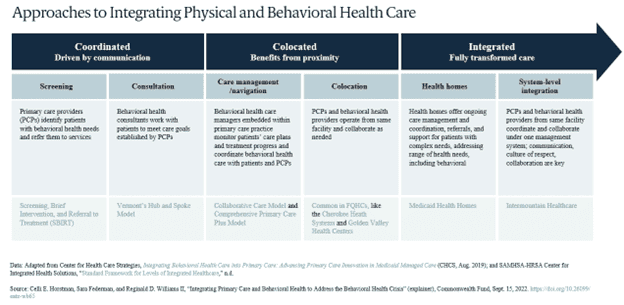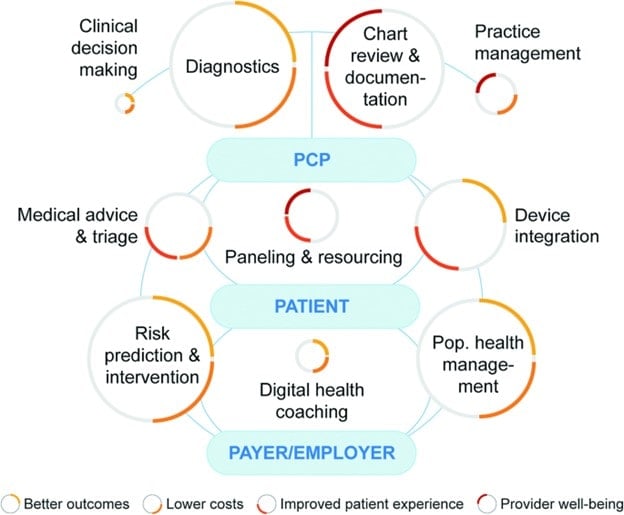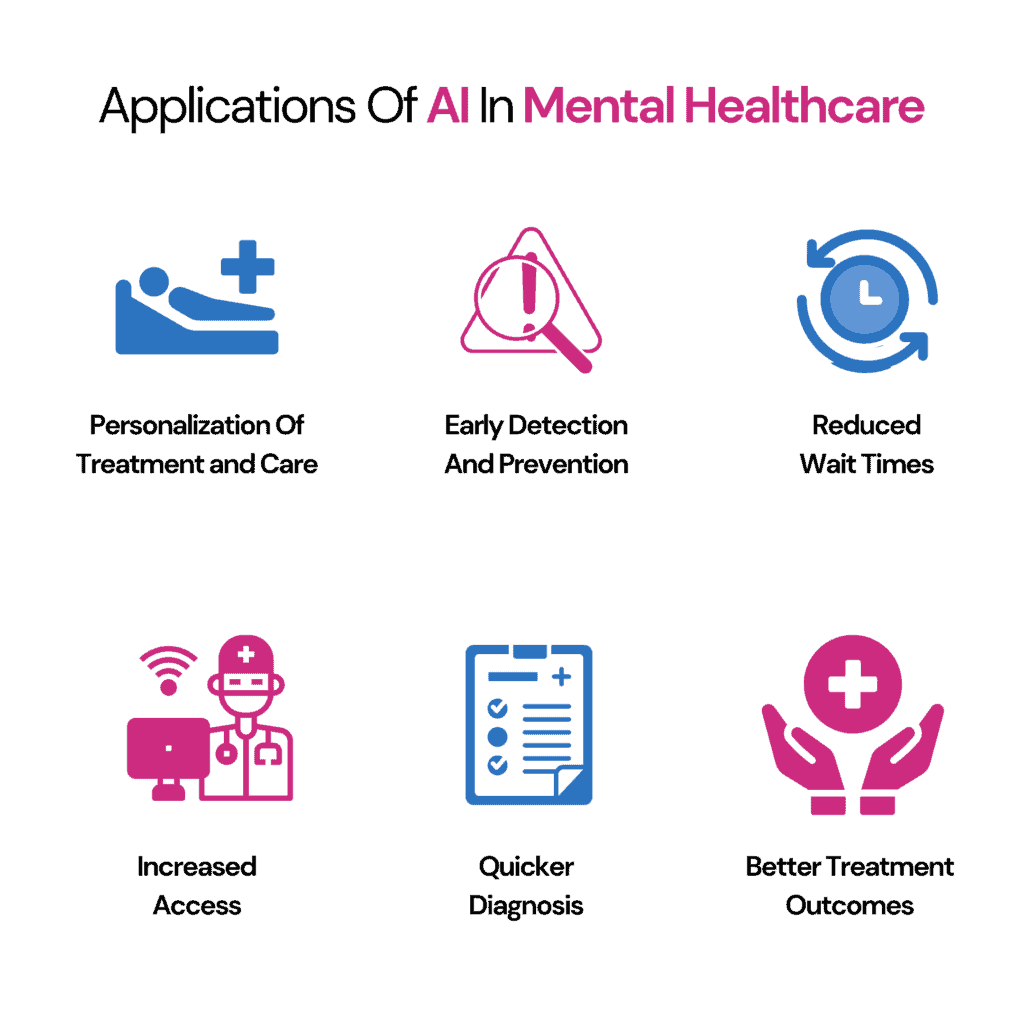Blip-Zip Executive Summary
Harness Systems Thinking for Strategic Health Leadership! Feeling overwhelmed by health service delivery complexity? Systems thinking offers a revolutionary approach! This article begins to help you unveil how systems thinking works. It also includes a bonus topic: AI empowers leaders to challenge assumptions, embrace bold solutions, and see the bigger picture. Better yet, systems thinking and AI will unlock a future of thriving communities!
Blip-Zip Takeaways
- Challenge Assumptions: Don’t settle for surface-level solutions. Systems thinking helps you uncover the root causes of complex health challenges.
- Break Down Silos: Foster collaboration across departments and organizations! Systems thinking encourages a holistic view of healthcare, leading to more effective solutions.
- Think Big Picture: Your organization doesn’t exist in a vacuum. Systems thinking helps you understand how your work impacts the broader healthcare ecosystem.
Keywords and Themes (#Hashtags)
#SystemsThinking #HealthcareLeadership #PopulationHealth #StrategicHealthcare #CollaborativeCare
Table of Contents
Systems Thinking is a Symphony of Interconnected Parts
The healthcare ecosystem is an intricate orchestra, with preventive care, chronic disease management, and countless other elements playing vital roles in the overall symphony of population health. To become a truly transformative leader in this dynamic and often uncertain world, you need to wield the power of systems thinking.
Imagine the human body – a marvel of interconnected systems, each with its function yet contributing to the organism’s overall health. Similarly, health and human services systems are intricate networks of stakeholders, from patients and providers to public health agencies and social services.
Systems thinking equips you to understand these interdependencies, fostering a holistic approach to problem-solving and, ultimately, achieving optimal population health outcomes.
Unlocking the Value Proposition: A Game-Changer for Strategic Leaders
Why systems thinking is such a game-changer for strategic health leaders? It empowers you to:
- Challenge Underlying Assumptions: Move beyond simplistic cause-and-effect thinking. For instance, high readmission rates might not solely be a medical issue but linked to social determinants of health like inadequate housing. Systems thinking encourages digging deeper and uncovering the hidden dynamics.
- Embrace Bold Thinking: Break free from siloed perspectives that view departments as isolated entities. Systems thinking fosters innovation by encouraging you to consider the interconnected nature of healthcare challenges and design solutions that address them holistically.
- Shift to a Global Lens: Stay calm in your organization’s operations. Systems thinking encourages you to view your organization within the broader context of the community, state, and national healthcare ecosystems. This approach fosters collaboration and alignment, maximizing resources and impact.
Integrating Behavioral Health and Primary Care
Imagine a community health center struggling to integrate behavioral health services into primary care. High rates of depression can lead to medication non-adherence for chronic conditions like diabetes. A traditional, linear approach might focus on adding staff or resources to primary care. However, systems thinking encourages a deeper exploration:
- Analyzing Interdependencies: Are there communication gaps between departments? Do transportation barriers prevent patients from accessing behavioral health services? Systems thinking compels you to explore these interdependencies to understand the root causes beneath surface-level problems.
- Identifying Leverage Points: Leaders can identify leverage points for change by analyzing interdependencies. For example, this effort could involve implementing telehealth consultations for behavioral health or partnering with local transportation services to remove access barriers.
Integrating behavioral health services can improve both mental and physical health outcomes. Although behavioral and physical health are deeply interdependent, medical and behavioral health services in the U.S. are delivered separately. As a result, patients can experience years-long delays between symptoms and treatment.
Some providers are testing new ways to integrate behavioral health with primary care. A team of primary care and behavioral health providers works with patients and families to address mental health, substance use, and other medical needs. This holistic model differs from models in which primary care providers refer patients to behavioral health providers when a need is identified but do not continuously coordinate their care.

Investing in collaborative care models where therapists and primary care physicians work together can lead to more holistic patient care and improved population health. This effort exemplifies the power of systems thinking: fostering collaboration creates a more effective patient care experience, ultimately improving population health outcomes.
Systems Thinking and AI – A Symbiotic Force
Artificial intelligence (AI) has been called the “stethoscope of the 21st century”.1 While systems thinking equips you to analyze complexities and identify root causes, Artificial Intelligence (AI) offers unparalleled potential for analyzing vast datasets, uncovering hidden patterns, and predicting future trends. For example, AI is working to transform primary care services in many ways. With all of the allure, hype, fear, and promise of AI as a transformational force in healthcare, AI will impact primary care and the Quadruple Aim2 in 10 ways. These impacts affect stakeholders: primary care physicians, patients, health systems, and payers.

Source: Lin, S.Y., Mahoney, M.R. & Sinsky, C.A. Ten Ways Artificial Intelligence Will Transform Primary Care. J GEN INTERN MED 34, 1626–1630 (2019). https://doi.org/10.1007/s11606-019-05035-1
Together, they become a formidable force for strategic health leaders. Consider a community struggling with high rates of behavioral health issues. Systems thinking helps you identify the interconnected factors—lack of access to mental health services and social determinants of health like poverty or food insecurity.

Source: Xcode, The Important Role Of AI In Mental Health Research, May 2023
AI, when strategically applied, can analyze past data to predict areas with high-risk populations and inform targeted interventions. This synergistic approach fosters a holistic understanding and empowers you to design sustainable solutions for a healthier community.
Learn More
Frameworks and Tools to Disrupt the Status Quo
Traditional, linear approaches often need to address healthcare’s complexities. Systems thinking, however, embraces non-linearity and feedback loops. For example, investing in preventive care can create a feedback loop of improved health outcomes, leading to lower healthcare costs. By analyzing these feedback mechanisms, you can identify key leverage points for intervention, leading to more sustainable and impactful solutions.
Dismantling and rebuilding a system piece by piece is unlikely to yield optimal results. Instead, systems thinking provides a framework for understanding how the various elements interact within the more extensive system, allowing you to identify opportunities for optimization. This series will delve into the specific methods and tools that empower you to implement systems thinking, tailoring them to different health settings and levels of inquiry.
Learn More
Conclusion and Call to Action: A Journey of Transformation
Systems thinking offers a powerful lens for strategic health leaders, transforming the way you approach challenges and drive positive change. By fostering a holistic view and challenging assumptions, leaders can identify root causes and design innovative solutions. Imagine a community with high behavioral health needs.
Systems thinking and AI to analyze data can pinpoint high-risk areas and inform targeted interventions, fostering collaboration and, ultimately, a healthier population. Are you ready to harness the power of systems thinking in your leadership journey?
Ready to embark on your systems thinking journey? Look for more Part I articles, where I explore the core tenets and applications of this transformative approach in the health and human services systems sectors.
Learn More
Deep Dive Questions
- Can you elaborate on a real-world scenario where systems thinking has significantly improved healthcare outcomes?
- What are some ethical considerations when integrating AI into healthcare leadership practices?
- How can healthcare leaders effectively communicate the value of systems thinking to their teams?
- How can organizations measure the success of implementing systems thinking principles in their operations?
- Reflect on a current challenge in your organization. How could a systems thinking approach help you identify underlying causes and potential solutions?
- Consider the concept of interdependencies. Describe an example from your work experience where siloed thinking led to a less-than-optimal outcome. How could systems thinking have fostered collaboration and a more effective solution?
- Imagine you are implementing a new program. How could you leverage systems thinking principles to design the program for sustainability and impact on the broader healthcare ecosystem?
- Leadership often involves navigating complexity and uncertainty. How can systems thinking equip you to make data-driven decisions in a dynamic healthcare environment?
- The human element is crucial in healthcare. How can systems thinking be balanced with the need for patient-centered care and empathy in leadership practices?
Professional Development and Learning Activities
- Research a successful application of systems thinking in healthcare. Analyze the case study and identify the key elements contributing to its success. Consider how you could adapt these elements to your leadership context.
- Develop a systems thinking presentation for your team. Explain the core principles and benefits of systems thinking, and provide practical examples relevant to your work environment. Encourage team discussion and brainstorm potential applications within your department or organization.
References and Resources
- The U.S. Playbook To Address Social Determinants Of Health Domestic Policy Council Office Of Science And Technology Policy November 2023, https://www.hhs.gov/about/news/2023/11/16/biden-harris-administration-takes-action-improve-health-and-wellbeing-addressing-social-determinants-health.html
- The King’s Fund (2021). Developing Population Health Leaders: A Systems Thinking Approach. https://www.kingsfund.org.uk/insight-and-analysis/blogs/system-leadership-where-can-leaders-practise
- Harvard Business Review (2021). Why Social Ventures Need Systems Thinking. https://hbr.org/2016/07/why-social-ventures-need-systems-thinking
- Medical Group Management Association (MGMA). Excellent Healthcare Leadership Requires Systems Thinking. https://www.mgma.com/articles/excellent-healthcare-leadership-requires-systems-thinking
- Adeyemi-Lawal, Mike, Global Health & Tropical Diseases Advisor, Universal Health Coverage: The Role Of Artificial Intelligence, https://uk.linkedin.com/in/mike-adeyemi-lawal-706425b8?trk=article-ssr-frontend-pulse_publisher-author-card
Citations
- Mesko B. Artificial Intelligence is the Stethoscope of the 21st Century. The Medical Futurist. https://medicalfuturist.com/ibm-watson-is-the-stethoscope-of-the-21st-century. Updated July 18, 2017. Accessed March 7 2019.
- Bodenheimer T, Sinsky C. From triple to quadruple aim: care of the patient requires care of the provider. Ann Fam Med. 2014;12(6):573–576.
Read More




